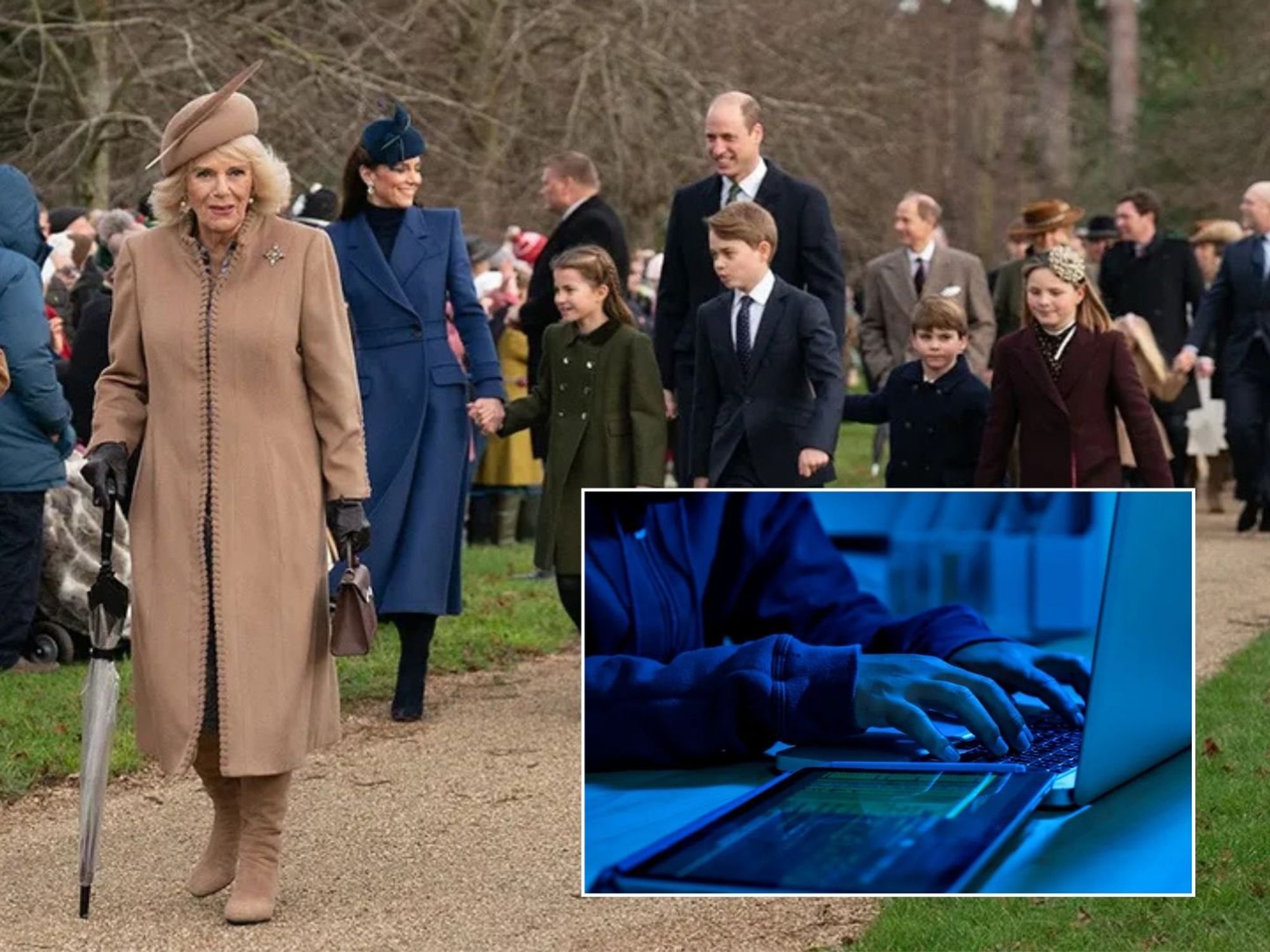Use Windows 10? Microsoft will charge you up to £337 if you refuse to switch to Windows 11

Windows 10, which launched back in 2015, is still used by millions of people worldwide
|MICROSOFT PRESS OFFICE

Microsoft has confirmed its annual fee for critical security updates and bug fixes
- Microsoft has confirmed the cost to extend support for Windows 10
- It will cost as much as $427 (£337.29) for three years of security patches
- The subscription, known as Extended Security Updates (ESU), doubles every year
- This marks the first time Microsoft has offered ESU to everyday users
- It has only published pricing for businesses, with more details coming soon
- Schools will only need to pay $1 to avoid upgrading their PCs to Windows 11
- Not every PC running Windows 10 can be upgraded to Windows 11
Don't Miss
Most Read
Latest
You'll need to spend as much as $427, roughly £337.29 converted, to continue to receive critical patches for security flaws and compatibility issues in Windows 10, Microsoft has confirmed.
If you missed the memo, Microsoft will end support for Windows 10, which was released worldwide in July 2015 and was widely marketed at the time as the “final” iteration of Windows, on October 14, 2025. This is despite the fact that twice as many people still rely on Windows 10 than its successor, Windows 11.
Using an operating system that's no longer actively supported carries huge risks as security flaws being actively exploited by cybercriminals will never be fixed, leaving your personal information, photos and videos, and payment information permanently exposed. If you’re unable to upgrade to Windows 11, or simply want to stick with the operating system you're familiar with, Microsoft will offer an olive branch ...albeit at a cost.
Known as Extended Security Updates (ESU), this subscription unlocks up to three years of additional support for ageing operating systems, extending the lifecycle of Windows 10 until the end of 2028. ESU was previously reserved for businesses to offer 36 months of additional time to update their entire fleet of PCs and ready proprietary software to work with the latest operating system from Microsoft.
Windows 10 marks the first time Microsoft will offer Extended Security Updates to anyone.
Microsoft has published the cost of Windows 10 ESU for enterprise users, with the first year setting you back $61 (£48.19). To incentivise Windows 10 users to upgrade to the next iteration of the desktop operating system, Microsoft will double the cost every year. The full breakdown of costs is as follows:
- Windows 10 ESU — $61 (£48.19) for first year
- Windows 10 ESU — $122 (£96.39) for second year
- Windows 10 ESU — $244 (£192.78) for third and final year
This is not the cost for consumers, with Microsoft promising that pricing for the average Windows 10 user “will be shared at a later date.” However, we're likely to see the same pricing structure, with costs doubling each year to try to push people to finally switch away from Windows 11.
 Windows 11 reworks the design of the operating system and brings the iconic Start Menu to the centre of the screen for the first time | MICROSOFT PRESS OFFICE
Windows 11 reworks the design of the operating system and brings the iconic Start Menu to the centre of the screen for the first time | MICROSOFT PRESS OFFICE Microsoft describes the optional Extended Security Updates subscription as “a last resort option for customers who need to run certain legacy Microsoft products past the end of support.” It offers a maximum of 36 months of additional security updates and emergency bug fixes.
“Extended Security Updates are not intended to be a long-term solution but rather a temporary bridge,” the Redmond-based company explains in a blog post. “You can purchase ESU licenses for Windows 10 devices that you don’t plan to upgrade to Windows 11 starting in October 2024, one year before the end of support date.”
Businesses who are subscribed to a cloud-based solution like Intune or Windows Autopatch will enjoy a 25% discount on Extended Security Updates. Microsoft is offering an even more generous discount to schools, with the first year of ESU dropping to just $1 (79p), this doubles to $2 for year two and $4 for the final year.
Prices have risen sharply for Windows users looking to put off the upgrade to the next major operating system release from Microsoft. When it introduced the ESU plan was introduced for Windows 7, Microsoft charged £9.57 for the first year, rising to £19.15 in the second year.
That cost was per device, so things can become pretty pricey if you have a few devices, like a laptop, desktop PC, or tablet.
Some industry watchers had speculated that Microsoft would be forced to offer extended support for Windows 10 at no extra cost due to the vast number of PCs still powered by the operating system.
However, despite the widespread usage, Microsoft is seemingly set on charging for the privilege.
This has allowed rival Google to take advantage of the situation to bolster its own marketshare of desktop PCs by offering a free upgrade for all Windows 10 users to its ChromeOS system, which is based on the world's most popular web browser and boasts years of security updates and support.
There’s no guarantee that your current PC will be able to upgrade to Windows 11. With this rebooted operating system, Microsoft introduced several strict system requirements.
Windows 11 only officially supports Intel’s 8th Generation (known as Coffee Lake) or Zen 2 CPUs and newer, leaving millions of devices sold with Windows 10 preinstalled unable to upgrade.
Following a public backlash, Microsoft did add a number of exceptions to its list of supported chipsets, including the 7th Generation Intel Core i7-7820HQ – a processor that was used in the Surface Studio 2, an all-in-one desktop machine that cost £3,549 at launch back in 2018.
Nevertheless, this marks the first time that Microsoft has enforced such specific processor requirements with its operating system upgrade.
In comparison, Windows 8 and Windows 10 only stipulated a 1GHz processor, at least 1GB of RAM, and 16GB of available storage. Windows 11 requires an Intel processor first launched in October 2017 as well as 4GB of RAM and 64GB of storage.
LATEST DEVELOPMENTS
According to Microsoft, the stricter silicon requirements enable a better experience for those running Windows 11, with a 60% reduction in malware thanks to the requirements that “enable protections like Windows Hello, Device Encryption, virtualization-based security (VBS), hypervisor-protected code integrity (HVCI) and Secure Boot.” It also claims a “99.8% crash free experience” on machines with components from its list of supported hardware.










